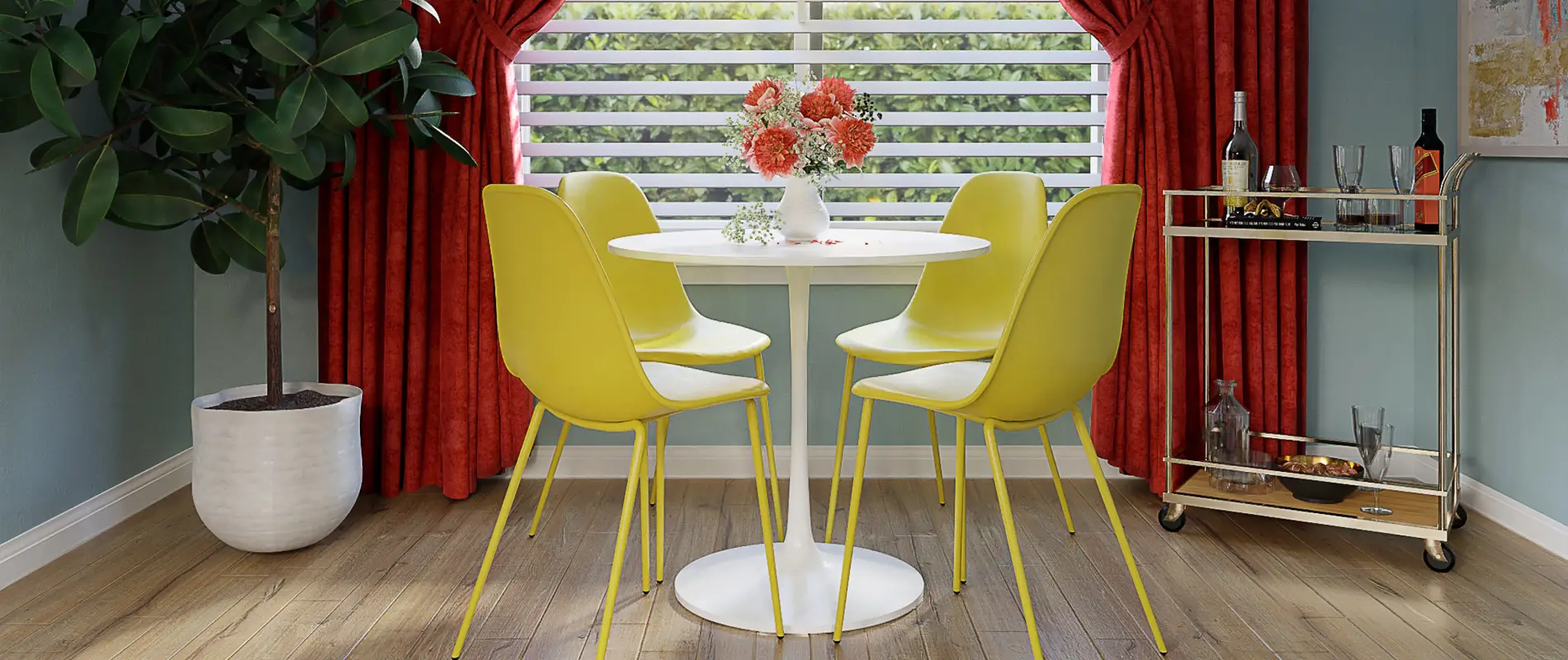

WordPress themes: Navigation Menu Dark NMD-PRO-09
Build WordPress sites with MaxiBlocks. All features free forever. No locked functionality. Optional Cloud Library saves you 10+ hours per project. Start free

Transform Your Site with Exceptional WordPress Navigation Menu Designs
Elevate your WordPress website’s user experience with our detailed analysis of an exemplary navigation menu design! This design blends modern aesthetics with functional navigation, making it ideal for any website.
Original design overview
The original design features a sleek, single horizontal navigation layout that’s both visually appealing and user-friendly. With eight distinct menu items positioned in a symmetrical arrangement, including dropdown indicators, it provides a well-structured approach to navigating your site. The balanced spacing among menu items contributes to an uncluttered and organised appearance.
Key features and elements
1. Layout analysis
- Overall Structure: A streamlined horizontal layout perfect for navigation.
- Rows and Columns: Includes one row with eight menu items, ensuring quick access to essential pages.
- Symmetry and Balance: Evenly spaced items promote a polished, professional look.
2. Element breakdown
- Logo Placement: Prominently displayed on the left, reinforcing your brand identity.
- Menu Items: Eight core links, including Home, Features, Pages, Portfolio, Blog, Shop, and Contact, make navigation intuitive.
- Dropdown Menus: Clearly indicated, inviting users to engage with additional content.
- Social Media Icons: Direct links to your social profiles enhance connectivity.
- Call to Action: A standout “How Us” button encourages user interaction.
3. Unique design aspects
- Minimalistic Approach: Focuses on usability and essential navigation features.
- Hover Effects: Anticipate engaging hover animations that enrich user experience.
- Responsive Design: Built to adapt to various screen sizes, ensuring seamless access on any device.
- Accessibility Features: High contrast between text and background enhances readability.
4. Overall design style
- Minimalism: Emphasizes simplicity while maintaining functional clarity.
- Visual Hierarchy: Strategically highlights the logo and call-to-action button to guide user focus.
- White Space Utilisation: Thoughtful spacing around elements creates an airy, uncluttered aesthetic.
Use cases for WordPress navigation menus
1. Blogging site
A blogging website requires clear, easy-to-access navigation crucial for keeping readers engaged. A primary menu with categories like Home, Blog, About, and Contact can streamline the user experience. Ensuring each category is prominent using WordPress icons and text is vital for retaining visitor interest, allowing users to easily explore content further and learn about the author’s latest posts.
2. E-commerce website
For e-commerce sites, a responsive navigation menu that includes sections like Home, Shop, Categories, Offers, and Cart is critical. It aids customers in efficiently finding the products they are interested in purchasing. Using dropdown menus for categories maintains an uncluttered look, while high-contrast icons ensure visibility on any device, contributing to smoother navigation.
3. Portfolio showcase
A portfolio site benefits from a navigation menu design that emphasises aesthetic appeal. Main sections might include Home, Portfolio, Services, Testimonials, and Contact. Incorporating hover effects and sleek typography styles enhances the visitor’s experience, guiding them smoothly through the portfolio. These design elements ensure the portfolio stands out, effectively showcasing a creator’s work in a visually compelling manner.
4. Educational platform
On an educational platform, navigation menus are instrumental for structuring content accessibly. Key sections such as Courses, Resources, Blog, and Contact help guide students or educators to relevant material. Implementing a WordPress website design approach that’s both intuitive and engaging is critical for keeping users focused on the educational content without distraction.
5. Community forum
Community forums thrive on user-friendly WordPress website navigation, allowing members to participate seamlessly. Essential sections include Home, Forums, Discussions, Members, and Support. Incorporating a sticky nav bar helps in providing constant access to key topics or logout functions, enhancing overall usability and ensuring ongoing engagement from users.
6. Non-profit organisation site
Non-profit websites often depend on effective site navigation to convey a message or cause. Essential sections should include Home, About Us, Projects, Blog, and Donate. A clean, descriptive menu with readily accessible donate buttons can substantially improve conversion rates, better connecting the organisation’s mission with potential supporters.
7. Corporate website
For corporate sites, a professional and polished navigation structure is key. Critical sections might include Home, About Us, Services, News, and Careers. Implementing dropdown menus adds depth, while clear, high-contrast designs promote accessibility and ensure employees and clients can effortlessly locate necessary information.
8. Travel agency site
Travel agency websites can utilise imaginative navigation menus that capture wanderlust while remaining functional. Essential sections such as Home, Destinations, Packages, Blog, and Contact should be highlighted. Incorporating vibrant colours and playful icons can add charm, while retaining focus on quick navigation to various destinations and special offers ensures visitors find what they are seeking easily.
9. Restaurant site
Restaurants benefit from custom menus that highlight their offerings. Main sections like Home, Menu, Reservations, Events, and Contact should remain prominent. By utilising striking images and seamless mobile responsive designs, visitors gain ready access to browse menus, make reservations, or learn about upcoming special events effortlessly.
10. Health and fitness site
For health and fitness websites, intuitive WordPress menu settings help users quickly find services. Key sections to include are Home, Services, Trainers, Classes, and Blog. Style should emphasise clean design and vibrant imagery, providing an energising user experience that encourages exploration of health-related content or bookings of fitness classes.
Types of WordPress navigation menus
1. Classic horizontal menu
A classic horizontal menu represents the most straightforward design, offering an intuitive layout that users recognise instantly. It generally spans the width of the page at the top, with items horizontal across the screen. Its simplicity makes it ideal for a clean and direct user experience, where the user’s focus remains on the primary navigation links without distraction from elaborate designs.
2. Vertical sidebar menu
This menu design wraps the navigation items vertically along the side of the page. It’s an excellent choice for sites with extensive menus, allowing for extra space to accommodate more content categories without crowding the visible area. Used effectively, it can help organise content hierarchically, making it easier for users to locate the information or products they want intuitively.
3. Hamburger menu
The hamburger menu is a staple for responsive navigation menus, especially popular in mobile-friendly designs. Represented by an icon of three stacked lines, it hides the menu items until clicked. This space-saving solution maintains site aesthetics while providing easy access to navigation links across different devices.
4. Mega menu
Mega menus expand beyond traditional dropdowns, revealing extensive content options under a single menu item. Perfect for larger sites like online retailers, these menus showcase multiple levels of hierarchy at once, offering users a comprehensive view of all available categories. When designed well, mega menus can enhance user navigation, fostering a smoother exploration experience.
5. Footer menu
The footer menu is a secondary navigation tool placed at a page’s bottom, often listing less prominent links like Terms of Service, Privacy Policies, or even additional site resources. By organising these links unobtrusively at the footer, they remain accessible without crowding the central navigation, ensuring the main menu stays focused on essential content categories.
6. Sticky navigation bar
A sticky navigation bar remains visible at the top of the page when scrolled, providing constant access to navigation items. It’s particularly beneficial for pages with long content where scrolling back to the top can be cumbersome. Sticky bars ensure essential navigation remains only a click away, enhancing user convenience and streamlining the browsing process.
7. Collapsible sidebar menu
The collapsible sidebar menu enhances menu management by allowing users to toggle the visibility of navigation items. This design helps save screen space, making it particularly useful on text-heavy pages or smaller screens where maintaining a sleek design is a priority.
8. Icon-based menu
Utilising icons for the menu items can refine navigation with a minimalist approach. This menu type heavily relies on WordPress icons to convey function visually, providing a clean and modern look. When designed well, icon menus can enhance recognition and accessibility, ideal for sites aiming for contemporary aesthetics.
9. Tabbed navigation menu
Tabbed navigation divides options into separate tabs, allowing users to switch between sections seamlessly. This organisation method keeps information compartmentalised, ideal for situations where specific groupings improve user comprehension. Such a setup can enhance user experience on content-centric sites where logical categorisation is crucial for the visitor’s understanding.
10. Breadcrumb trail navigation
Breadcumb trails guide users through the site’s navigation path, illustrating their current location within the website’s hierarchy. This type of navigation is especially useful for large sites or e-commerce platforms, helping users backtrack easily through categories or pages they’ve visited. It improves navigation clarity and reduces frustration by providing a clear path back to broader categories.
Conclusion
This minimalist navigation menu design expertly marries style with function, featuring clear typography, engaging interactive elements, and a focus on essential navigation. With standout aspects like a prominent call-to-action and accessible design, this navigation menu not only enhances user engagement but looks professional too. Transform your WordPress website design today with menu structures that combine visual appeal with effective functionality-making it easier than ever for visitors to explore your content. Don’t miss the chance to elevate your WordPress website design’s usability and aesthetic!


